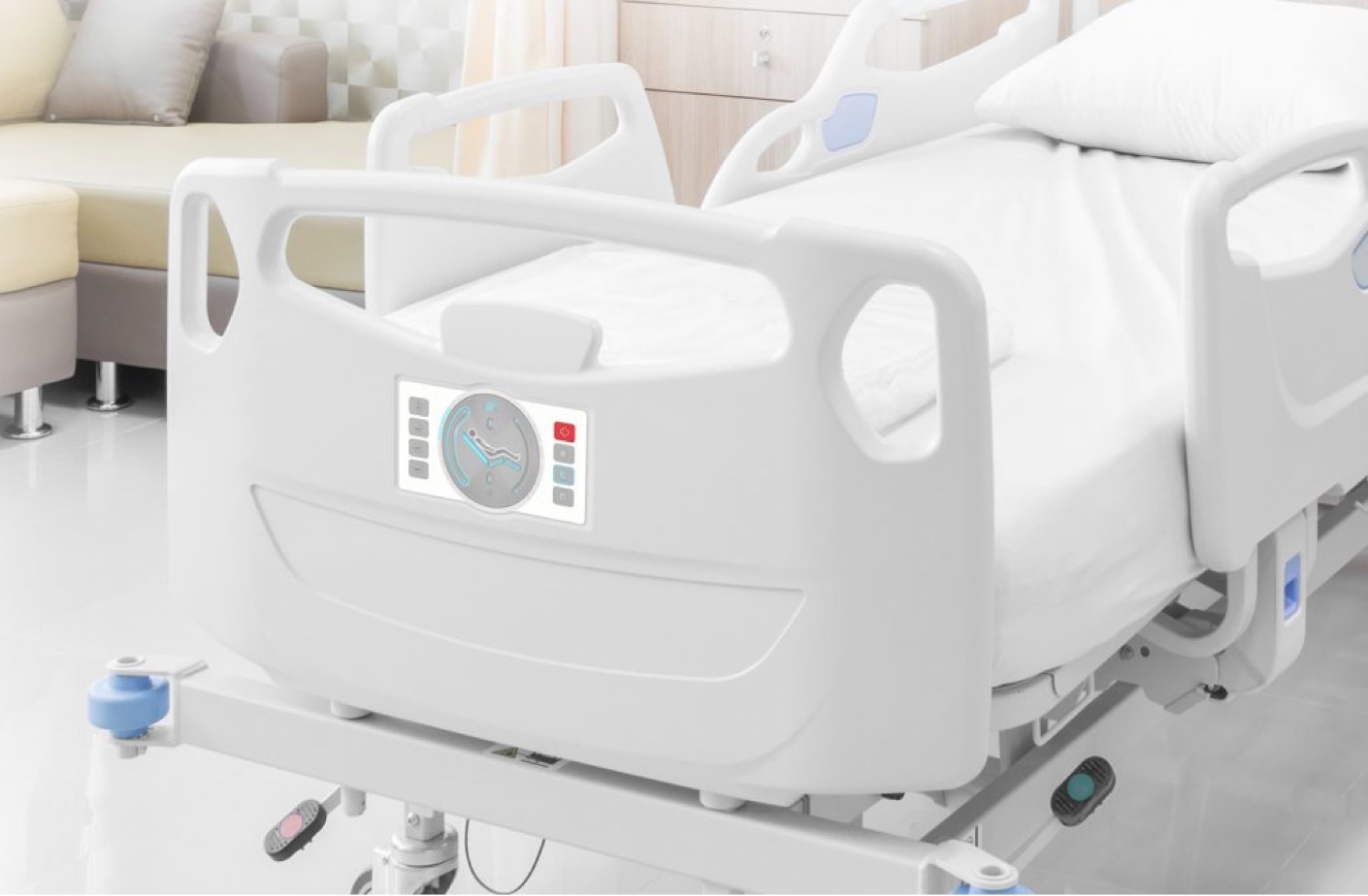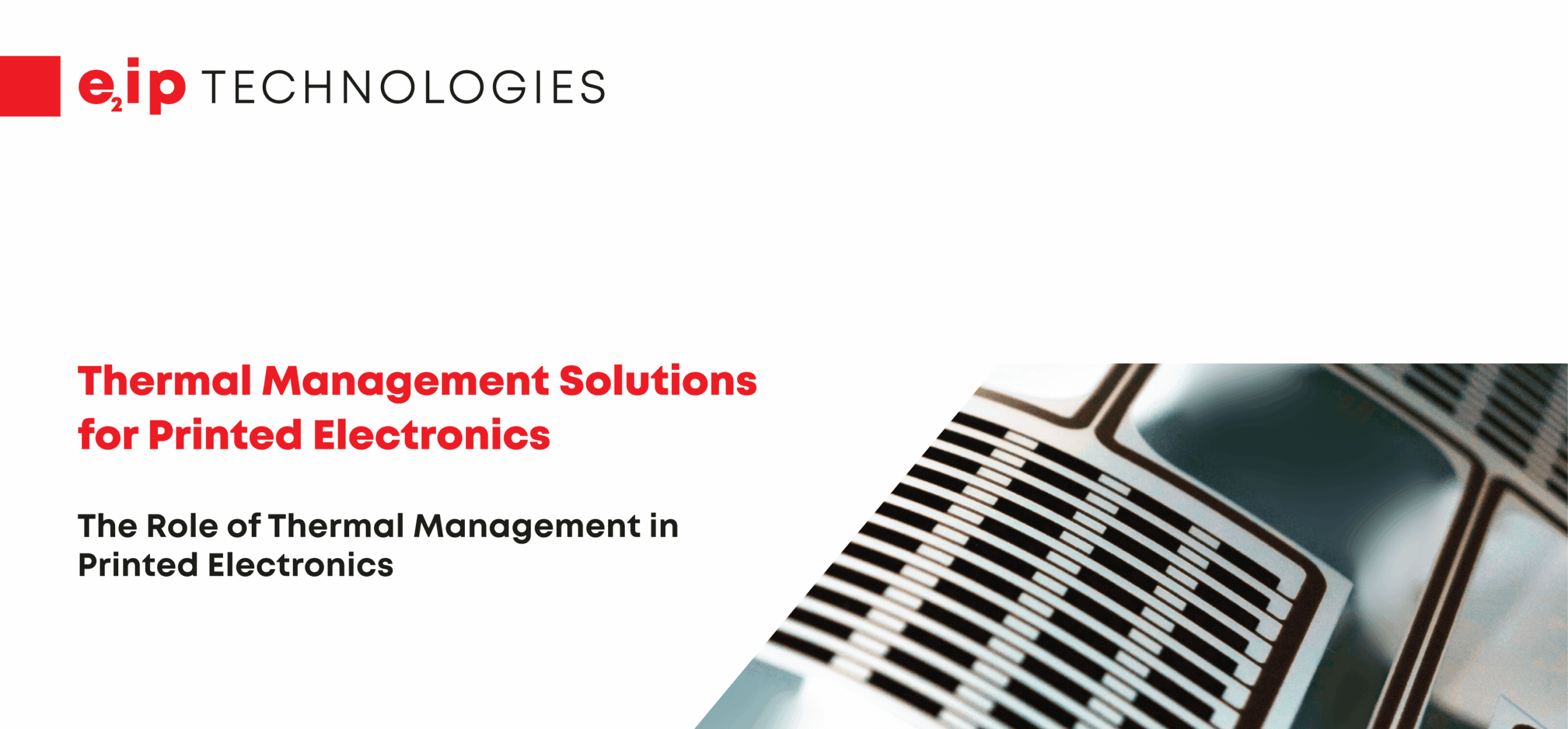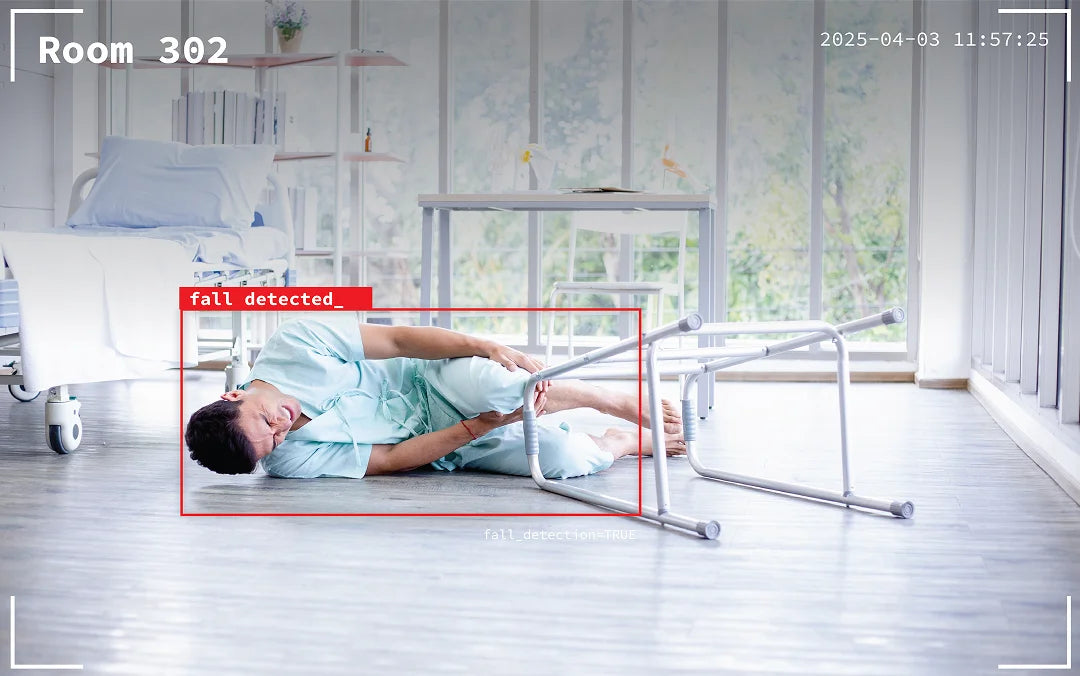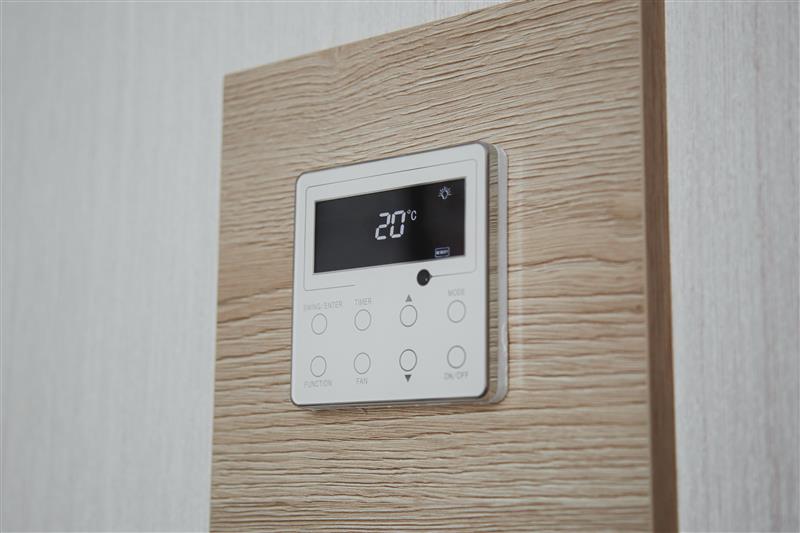What are Membrane Switches?
A membrane switch is a user interface device that is made up of several layers and used as a switch to turn a device on or off. Unlike mechanical switches, which are generally constructed with copper and plastics, membrane switches are printed circuits on film.
How do Membrane Switches Work?
The design behind most membrane switches is simple: when an operator presses a button, a contact is made activating the circuit. When the operator releases the button the contact ends deactivating the circuit.
How are Membrane Switches Made?
The design and manufacturing process behind membrane switches is one e2ip technologies handles with much care and creativity. Membrane switches are made by printing a carbon or silver ink onto various substrates. A customized graphic overlay is then applied to the film. At e2ip technologies , we offer a wide range of graphic layer material, including polyester, antimicrobial polyester, polycarbonate, blends, and silicone. These pliable, durable materials are where “membrane” switches get their name.
Where are Membrane Switches Used?
Membrane switches are used in a number of applications, including in medical, aerospace, defense, industrial, and transport industries. They are often used for keypads, control panels in aircrafts, touch screen phones, and kidney dialysis machines—just to name a few.
Membrane switches are revered for their durability and flexibility, especially in high or low-temperature environments. They are also known for their reliability and high conductivity.
Types of Membrane Switches
There are two main types of membrane switches, each performing different functions on the circuit board
Tactile. Tactile switches are designed to provide a response when pressed by an actuator or finger. An overlay over the switch has symbols or letters used to designate the function of each switch. Generally, these switches are designed using metal domes. When pressed, the metal dome pushes against a conductive footprint, causing an action to happen.
Non-tactile. This type of switch operates with the same concept as a tactile switch but does not elicit a tactile response. With the bottom of the overlay connecting to a conductive pad, non-tactile switches are self-contained units.
At e2ip technologies, we provide a variety of membrane switches for applications in the medical, aerospace, defense, industrial, and transport industries. Our engineering and design teams are committed to providing you with a durable, reliable, and eco-friendly product, guaranteed to improve efficiency within your business. Contact us today for more information about our products.



